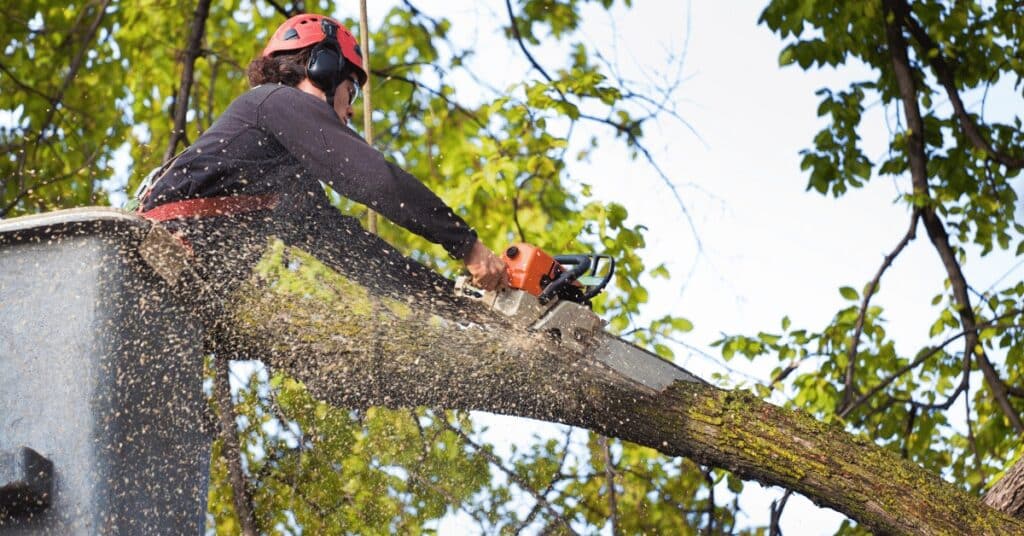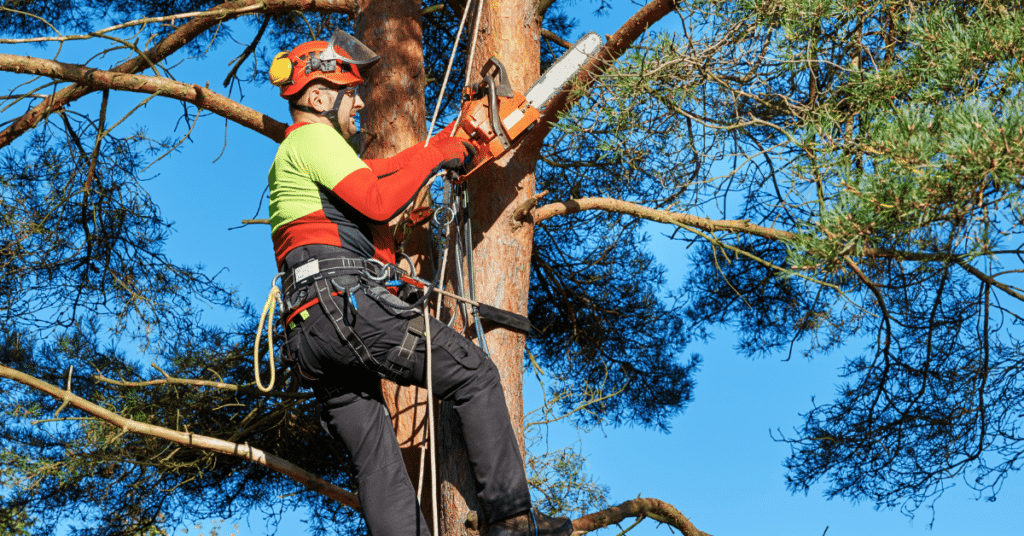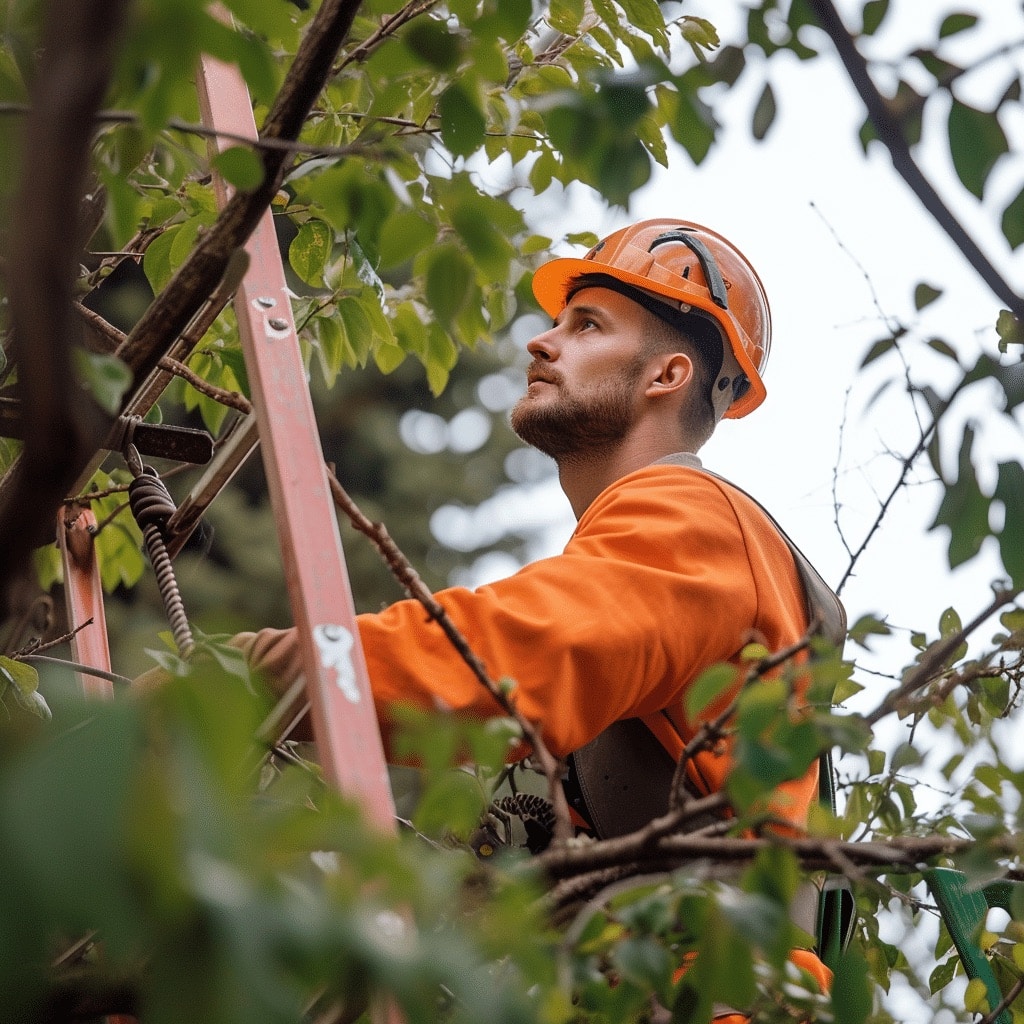By: Shelby McCullough| Published: December 18, 2025
Tree trimming is a crucial service for maintaining the health, safety, and aesthetics of your trees. In Florida, the costs for tree trimming can vary significantly based on several factors. Understanding these factors can help you budget for this essential service and ensure your trees receive the care they need.

Factors Affecting Tree Trimming Costs
- Tree Size and Type
- Height and Spread: Taller and wider trees typically cost more to trim due to the increased labor and equipment required.
- Tree Species: Different species require different care. For example, palm trees may need specialized trimming techniques compared to oak trees.
- Tree Condition
- Health of the Tree: Diseased or damaged trees can be more challenging and dangerous to trim, potentially increasing costs.
- Density of the Foliage: Trees with denser foliage require more time and effort to trim properly.
- Location
- Accessibility: Trees that are difficult to access, such as those near power lines or buildings, can increase the complexity and cost of the job.
- Region: Costs can vary by region due to differences in the cost of living and local regulations.
- Seasonality
- Peak Seasons: The demand for tree trimming services can vary with the season. Costs may be higher during peak times, such as spring and summer.

Typical Costs Breakdown
- Small Trees (Up to 30 feet)
- Average Cost: $75 to $300
- Examples: Dogwood, Japanese Maple
- Medium Trees (30-60 feet)
- Average Cost: $150 to $800
- Examples: Oak, Maple
- Large Trees (Over 60 feet)
- Average Cost: $500 to $1,500
- Examples: Pine, Eucalyptus
Additional Tree Trimming Costs
- Emergency Services: If a tree needs to be trimmed urgently, such as after a storm, the costs can be significantly higher.
- Debris Removal: Some companies charge extra for removing and disposing of the trimmed branches and other debris.
- Travel Fees: For properties located far from the service provider, travel fees may apply.

Benefits of Professional Tree Trimming
- Health and Longevity
- Regular trimming helps maintain tree health by removing dead or diseased branches, which can prevent the spread of disease and pests.
- Safety
- Trimming reduces the risk of falling branches, which can cause property damage or personal injury, especially during storms.
- Aesthetics
- Proper trimming enhances the appearance of your landscape, promoting a neat and attractive look.
- Sunlight and Air Circulation
- Trimming allows more sunlight and air to reach the inner parts of the tree and the ground below, promoting healthy growth of the tree and surrounding plants.
Choosing the Right Tree Service
When selecting a tree trimming service, consider the following:
- Certification and Experience
- Ensure the company employs certified arborists who have the knowledge and experience to care for your trees properly.
- Insurance
- Verify that the company has proper insurance to protect you from liability in case of accidents or damage during the trimming process.
- Reputation
- Check online reviews and ask for references to gauge the company’s reputation and quality of work.
- Cost Estimates
- Obtain detailed cost estimates from multiple companies to compare services and prices.
Conclusion
Tree trimming is an essential service for maintaining the health, safety, and beauty of your trees. By understanding the factors that affect the costs and choosing a reputable service provider, you can ensure your trees receive the best care possible. Regular tree trimming not only enhances the appearance of your landscape but also contributes to the long-term health and safety of your trees.
FAQs
- What is the best time of year to trim trees in Florida?
- The best time to trim trees is during the dormant season, typically in late winter or early spring. However, dead or damaged branches can be trimmed any time of the year.
- How often should trees be trimmed?
- Most trees should be trimmed every 3-5 years, but fast-growing species like palm trees may need more frequent trimming, about every 6-12 months.
- Can I trim my trees myself?
- While small branches can often be trimmed safely, it’s best to hire professionals for larger or more complex jobs to ensure safety and proper care.
- What should I do if a tree branch is close to power lines?
- Do not attempt to trim branches near power lines yourself. Contact your local utility company or a certified tree service professional to handle the situation safely.
- What are the signs that a tree needs trimming?
- Signs include dead or broken branches, dense or crossing branches, and branches growing too close to structures or power lines.
By following these guidelines and understanding the costs involved, you can make informed decisions about tree trimming services in Florida, ensuring your trees remain healthy and your property stays safe and beautiful.

